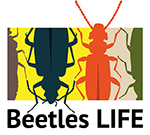Target Species of Beetles LIFE
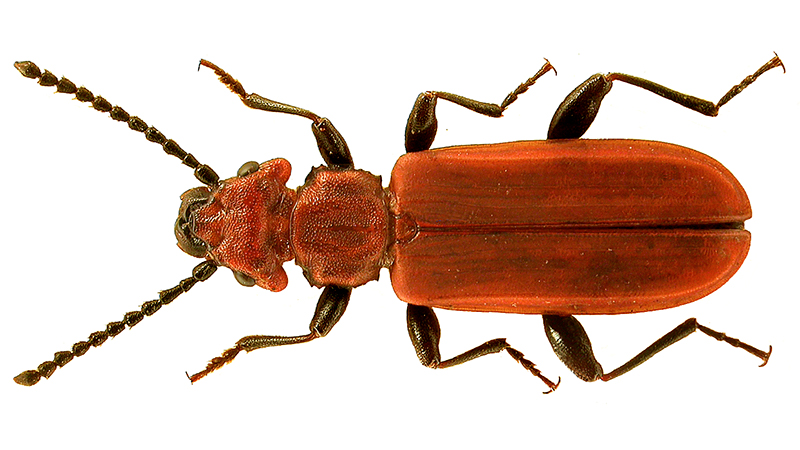
Red flat bark beetle (Cucujus cinnaberinus)
This beetle is like a Ferrari – you do not see either of them much in Finland, and the animal is perhaps even rarer. The habitat of Cucujus cinnaberinus is aspen-dominant old-growth forest, and in Finland it is only found in two locations. It got its Finnish name from Lauri Härö, who, in the 1920s, was a sprinter and later a forester. The main was quick on his feet and so is the beetle.
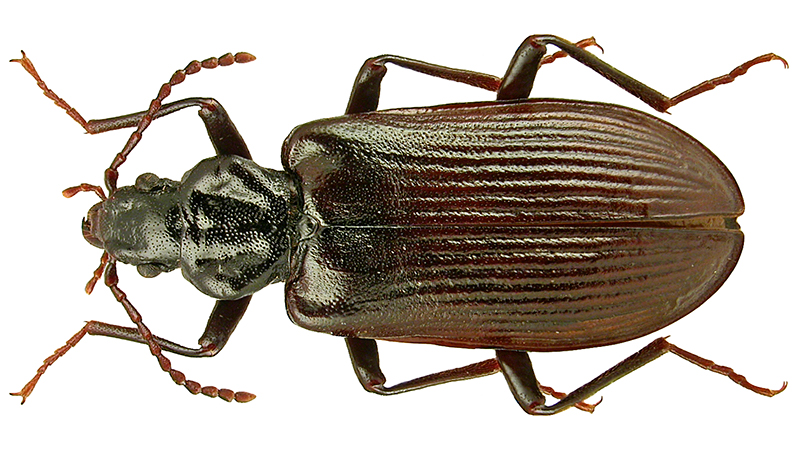
Pytho kolwensis
The habitat of Pytho kolwensis is the vast old-growth forests along the border with Russia, where it lives in the trunks of huge fallen spruce trees. Pytho kolwensis might be thought of as a Finnish guerrilla fighter completely surrounded: the network of fallen spruce trees must be pretty solid for it to live well and comfortably.
It got its Finnish name from the village of Kolva, in the former municipality of Yläne, where Professor of Zoology C.R.Sahlberg discovered the species in the 1880s.
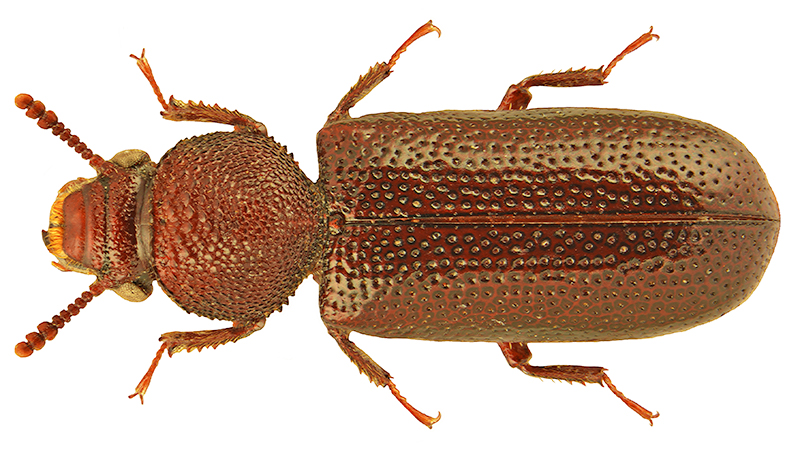
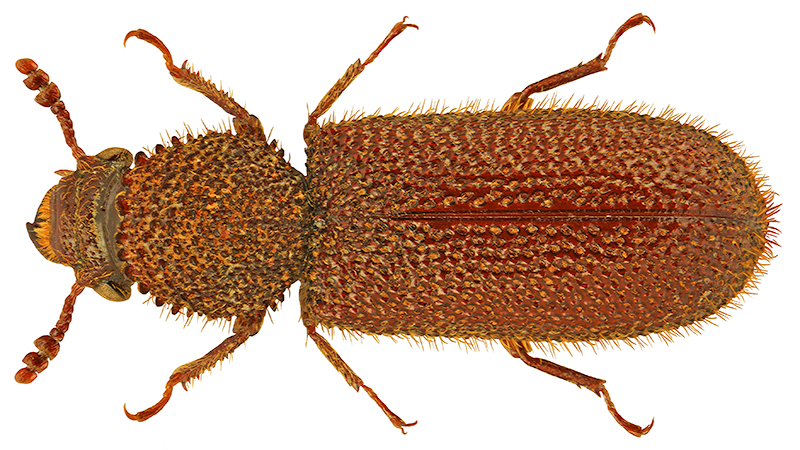
Stephanopachys linearis and the powder-post beetle Stephanopachys substriatus
These are both like berries with hard shells. They thrive in scorched forests, and the burnt trees make a comfortable habitat for them. The mood is just right when it is hot. On closer inspection, the back of Stephanopachys linearis is slightly smoother and shinier than that of Stephanopachys substriatus.
- Species information card S. linearis (pdf, 415 KB)
- Species information card S. subtriatus (pdf, 363 KB)
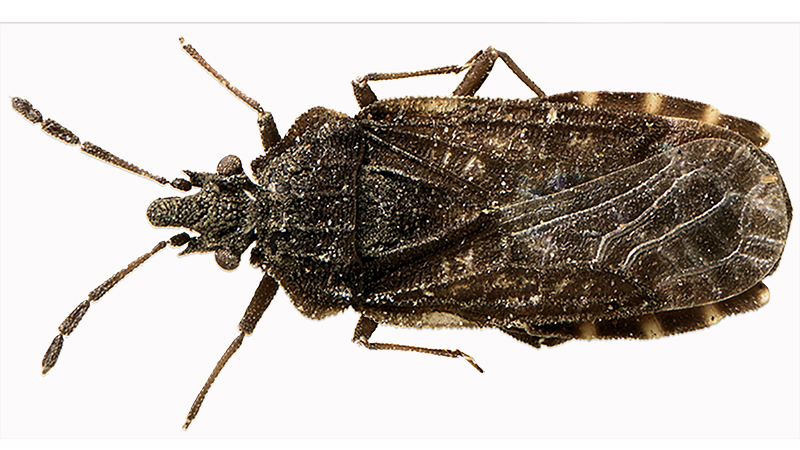
Aradus angularis
Where others would feel cramped, Aradus angularis is in its comfort zone. For it, living between a tree and its bark brings no discomfort. Especially when the tree is a pine, charred and attacked by wood-decay fungi, does Aradus angularis begin to thrive. Heteroptera have the thickness of a credit card. Aradus angularis is Finland’s northernmost bug.
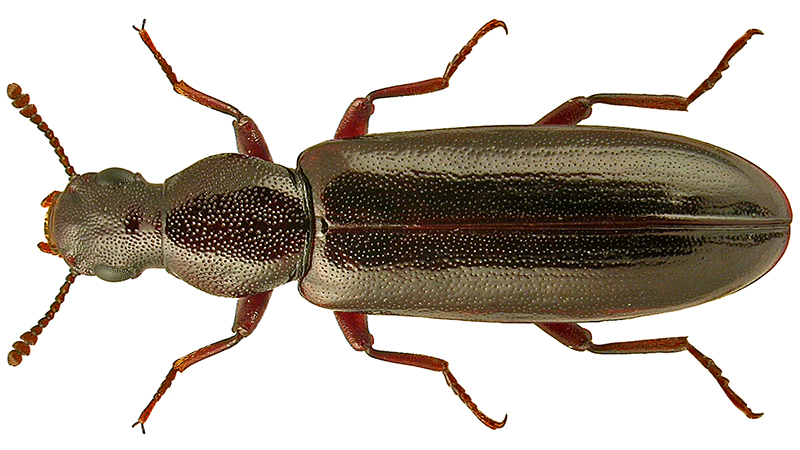
Boros schneideri
Boros schneideri inhabits pine forests, living under the bark of dying trees still in an upright position. The larva is flat, long and thin, and evidently feeds on the fungi growing under the bark. It is so highly dependent on fungi as a source of nutrition that a single tree only makes a suitable location for the species’ reproduction for a short while. This is another species that will raise no objection if the forest burns now and again.
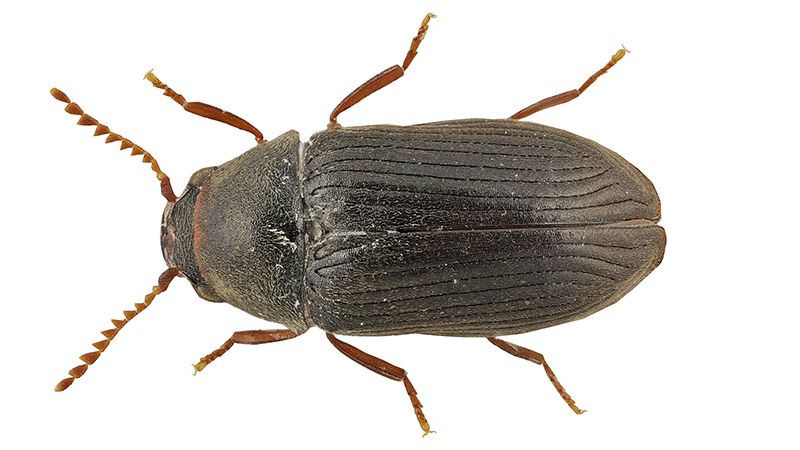
Xyletinus tremulicola
The aspen is the tree in whose bark this species likes to live. As with many another Beetles LIFE project species, Xyletinus tremulicola used to be more common in Finland. The species has suffered from a general absence of aspen of a substantial size. Xyletinus tremulicola does not make a spectacle of itself. It lives quietly when young, deep inside the trunk of the aspen tree, and then develops into adulthood, gradually boring its way towards the light and freedom.
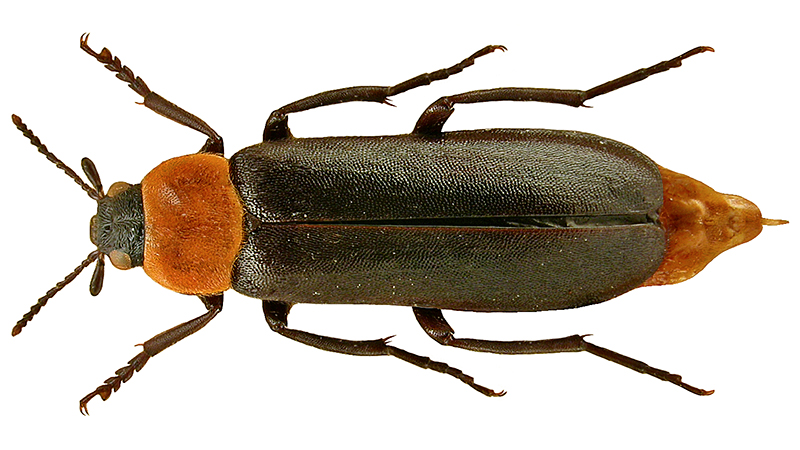
Phryganophilus ruficollis
The loveliest of all the species covered in the project is of course Phryganophilus ruficollis. This fairly sturdy beetle thrives in rotting timber. Despite its Finnish name, it does not look much like a fairy, but there is something about it that recalls the Finnish temperament – it does not make much of a fuss. It is always happy with its food, for example: it never complains. Decayed spruce or pine will do, but birch is also good.
Last updated 3 July 2023
